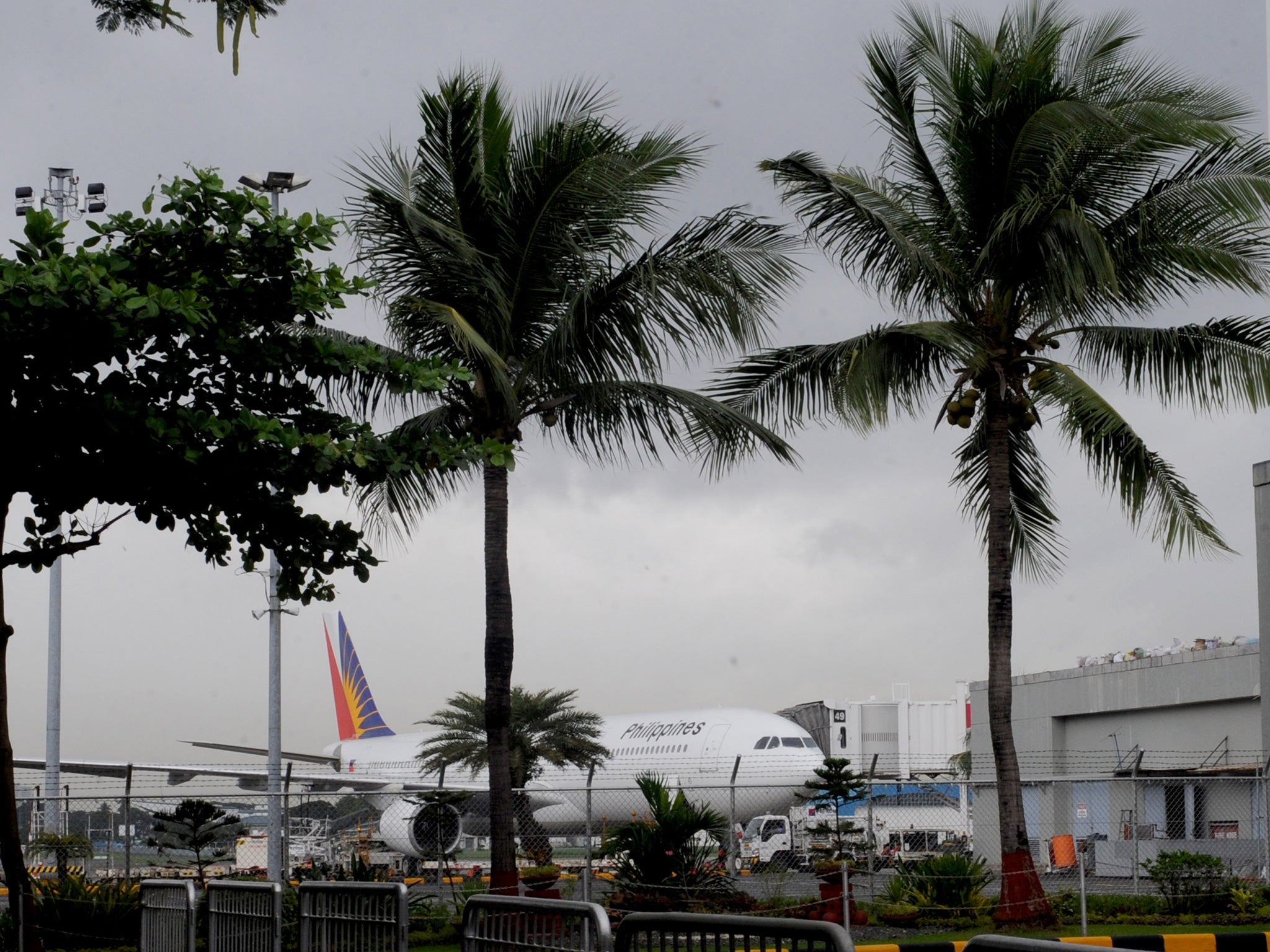Typhoon Haiyan: Monster storm batters optimism over improved Manila tourism links
Philippines is profoundly vulnerable to both tropical tempests and seismic hyperactivity

At the World Travel Market, which ended yesterday in London, the tourism authorities of the Philippines were in celebratory mood. The week had begun with the launch of the first non-stop air link from the UK to the Philippines, with five flights a week between Heathrow and the capital, Manila. In addition, two new routes from the Gulf to the former US Air Force base at Clark opened last month.
In the space of five weeks, tourists' options for reaching a welcoming land of dramatic natural beauty and fascinating heritage had become much easier. But today that new-found optimism has been set aside as the Filipino people confront the horror of the latest natural disaster.
Even relative to its East Asian neighbours, the Philippines is profoundly vulnerable to both tropical tempests and seismic hyperactivity. The archipelago is also densely populated. Luzon, the largest of the 7,000-plus islands, is almost as big as England, and has almost as many people: 50 million. But theirs is a precarious homeland. Despite the efforts of the National Disaster Risk Reduction and Management Council, the nation has neither the infrastructure nor the resources of, say, nearby Taiwan to contend with the power of nature.
Metro Manila, the high-octane, high-rise heart of Luzon, is relatively sturdy. Beyond the capital, though, many dwellings are flimsy. Corrugated-iron roofs afford precious little protection against typhoons - and, when ripped from the dwellings they are supposed to protect, augment the devastation. Last month, the survivors of a magnitude 7.2 earthquake on the island of Bohol moved into makeshift camps; this month, they find themselves in the path of a devastating typhoon.
Resilience is part of the national character. The eruption of Mount Pinatubo in 1991 doused a swathe of the island of Luzon in debris, while the lava flow laid waste to virgin forest. Yet today the trek to the crater lake is one of the nation's leading adventures.
The Philippines will need a prodigious amount of disaster-relief aid to help recover from its latest catastrophe. Longer term, international tourism will form an essential component of building a stronger nation.
Subscribe to Independent Premium to bookmark this article
Want to bookmark your favourite articles and stories to read or reference later? Start your Independent Premium subscription today.

Join our commenting forum
Join thought-provoking conversations, follow other Independent readers and see their replies